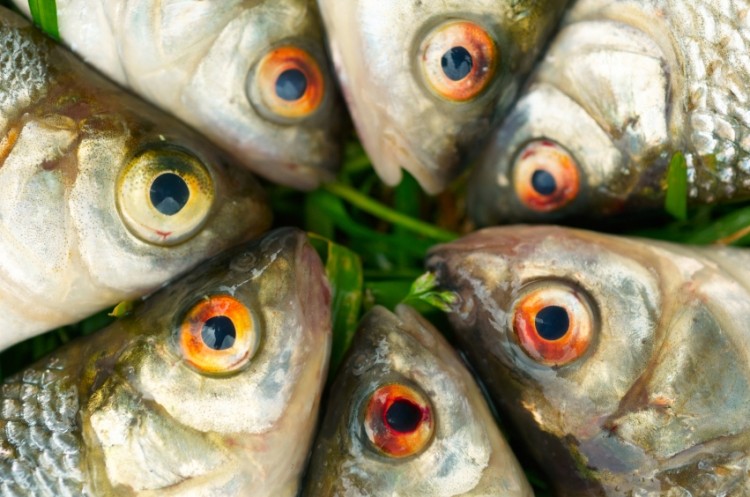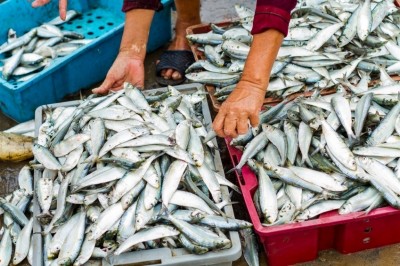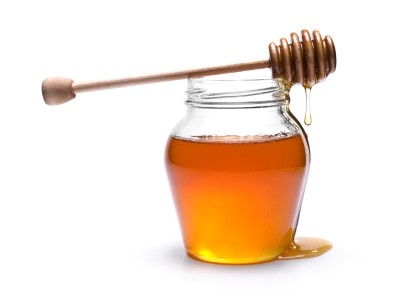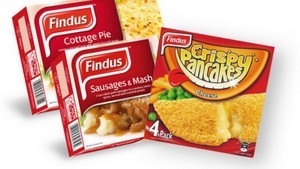The tide turns: levels of seafood mislabelling fall dramatically

Researchers from across the European Union carried out DNA testing on 1,563 samples across nine of the most popular species of fish and found only 77 (4.93%) had been mislabelled.
Project lead, Professor Stefano Mariani from the Ecosystems and Environment Research Centre at the University of Salford, said the results might not grab headlines but are “very positive news”.
To see mislabelling down to below 5% is impressive, he said; at that level it is “almost expected by chance due to human error”. Critically, the levels are “decisively lower” than those documented around 2010 when fish fraud was rife.
An investigation by Mariani in 2010, for example, found one in four samples taken from retailers and food service companies in Ireland had been incorrectly labelled. One international retailer, with a mislabelling rate of 43.8% in “cod” products, could have been enjoying inflated profits of up to €550,000.
This led him to the conclusion that the strict EU policies currently in place to regulate seafood labelling were not being adequately implemented and enforced.
Nothing fishy going on
What a difference five years make. In 2015, the results from the largest multi-species, transnational survey of fish labelling accuracy to date, “demonstrates an apparent sudden reduction of seafood mislabeling in Europe”.
“Perhaps for the first time since the repercussions of seafood mislabelling studies started to influence the fields of fisheries, environmental conservation, and food science, we document a clear and substantial improvement in EU seafood retail sector operations,” the authors noted in a paper published in the journal, Frontiers in Ecology.
The researchers tested nine of the most popular species in six countries, including cod, haddock and tuna. They found mislabelling rates ranging from 2.7% in France to 6.74% in Spain – a gap that was not deemed statistically significant (see table).
The rates were highest for anchovies and hake, with more than one in 10 samples mislabelled. Cod, previously a target for fraud due to its popularity, price and dwindling availability, was found not to be cod in just 3.5% of the samples tested.
The results support smaller studies carried out in the UK and France last year. The former found correct labelling on over 94% of samples, whilst the latter only discovered substitutions in products sold in fishmongers or restaurants.
Media pressure
Mariani admitted the positive results might seem “boring” for those seeking shock headlines, but the media has had a crucial role to play in progress. The findings reinforce those from a short-term study in 2014, in which he suggested that “media coverage may have a beneficial effect on the seafood retail sector, by placing pressure on the large market players to eradicate inefficient and illegal practices”.
The flood of headlines circa 2010 also forced EU regulators to take a look and, in January last year, legislation was updated and new labelling requirements on seafood products were introduced.
Under the regulation for common organisation of the markets in fishery and aquaculture products, suppliers now have to include the fish’s scientific name and, in certain cases, the specific zone where it was caught. Retailers are also encouraged to display the date of catch, the port of landing or the fishing gear used, as well as information of an environmental, ethical or social nature.
The penalties for non-compliance have also ballooned. One UK fraudster was fined £50,000 and sentenced to six months in prison for hoodwinking retailer Iceland when he tried to pass off one type of sea bass off as another, pricier, one.
UK industry body Seafish said fish is now one of the most regulated food commodities, with strict rules on labelling and traceability throughout the supply chain. The checks now in place should give consumers a “high level of confidence”, a spokeswoman said.
Results of DNA testing during 2013 and 2014.
| Samples | Mislabelled |
UK | 647 | 21 |
Spain | 267 | 24 |
Ireland | 180 | 7 |
Portugal | 178 | 12 |
France | 146 | 4 |
Germany | 145 | 9 |
Total | 1,563 | 77 |
Species | Mislabelling rate |
Cod | 3.5% |
Tuna | 6.88% |
Haddock | 3.07% |
Anchovy | 15.5% |
Hake | 11.1% |
Monkfish | 0% |
Sole | 2.89% |
Plaice | 0% |
Swordfish | 0% |

























